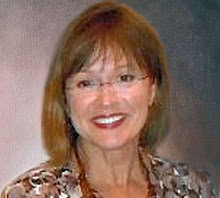
I don't speak Spanish - despite having purchased a complete CD audio learning set to teach myself more than 10 years ago. But I understand that in Latin America and Mexico, this phrase, "La Lucha" means "the struggle." When I heard it, the phrase clung to the walls of my consciousness. In the US, to struggle connotes a negative: maybe you are not up to a challenge, or you are facing a foe or something equally undesirable. Maybe it is our modern expectation of an easy life. Like that Easy button in the TV commercial. Money, cars, everything - and without any work, or at least with no more work than is absolutely necessary. And, by the way, I am not excluding myself from this characterization. Let's face it, like most artists - most people, I am lazy, by my very nature. Any of us who are working hard, who appear to have a work ethic, are really just compensating for our inclinations: trying to disguise the slothful underpinnings - afraid people will actually find out we are lazy.
But La Lucha - that got to me because it suggests that there is a POSITIVE side to struggle itself, not just to the potential gains. The battle hard fought AND worth fighting for and winning, but also fulfilling in its own right. The effort is EQUAL TO the gain. La Lucha suggests difficulty on the one hand and opportunity on the other. As Einstein said, "In the middle of difficulty lies opportunity."
So struggle is on my mind because I feel somehow especially mired in it over the last few days. I am working on a portrait (referenced in an earlier blog entry, "Blossoms"), and reached a point - all too familiar - where I neither like what I see nor what I am doing. Admittedly it has all along been a project with technical challenges (working from a single, imperfect photo, wrestling with compositional adjustments for which I have no reference at all), but despite recognizing these challenges, I have given in to impatience and frustration. I believe the axiom that nothing is denied to well-directed labor. Yet I have given in to avoidance behavior several days in a row now.
I remembered La Lucha, and steeled myself to jump back into the struggle. Told myself to pick up a brush and paint ANYTHING - even a lemon, rather than withdraw from the struggle. And so braced, I return to my easel and La Lucha. Perhaps my next blog will include the reclaimed and completed portrait.









